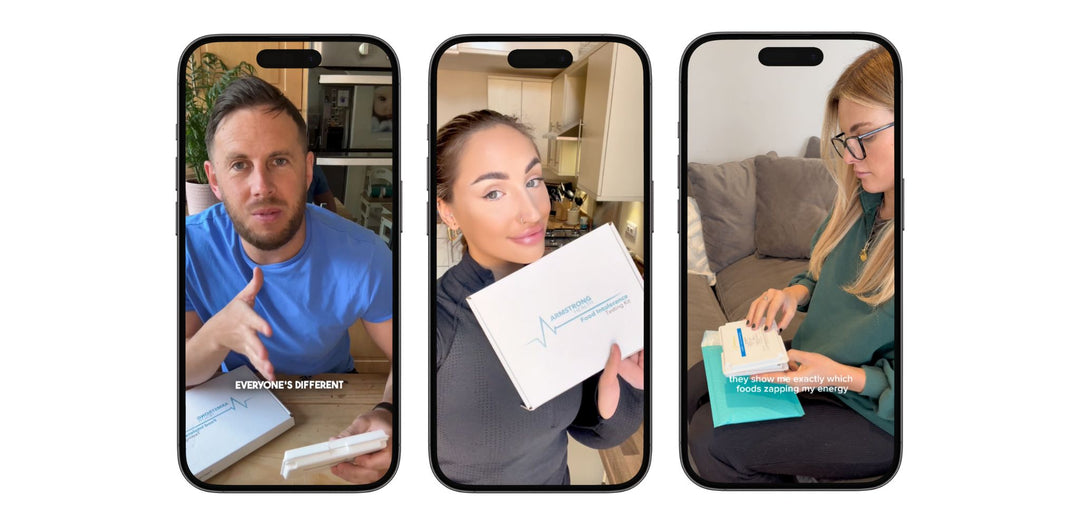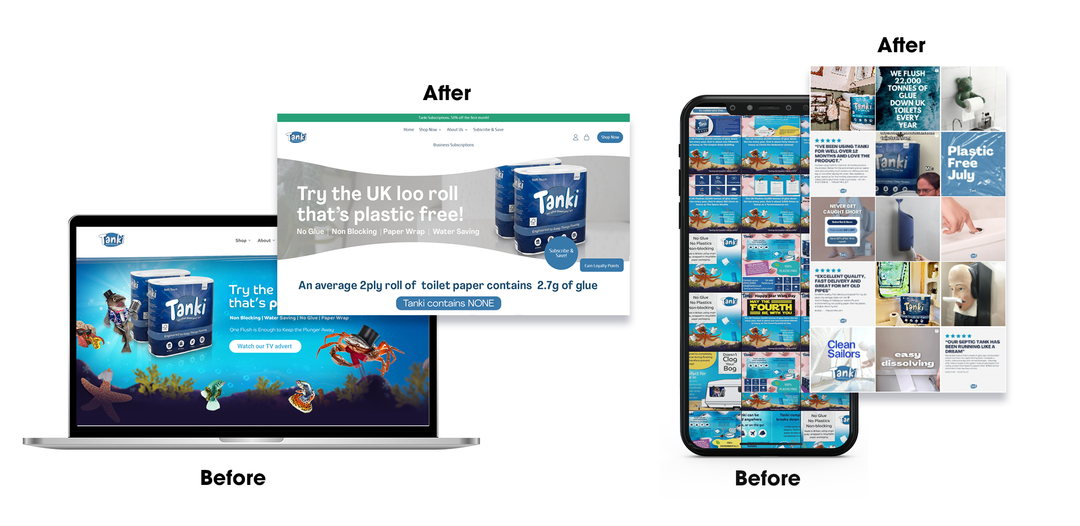Tips for Building a Social Media Presence
There are many aspects to consider when starting a social media channel, from branding, to how often to post. We have put together a few handy tips to help with building a social media presence:
Create a Schedule and Post Content Regularly
One of the most important elements of running a social media channel, is posting content frequently and consistently.
One benefit of posting frequently is that due to a recent Facebook update, their algorithm now notices accounts that are frequent and these accounts are more likely to be shown on a feed and be rewarded.
By posting regular updates and posts, you will also have more chance of reaching new audiences and increasing your channels overall exposure. One way to make sure you're posting frequent content is to use a scheduling tool such as Facebook's Creator Studio feature, or Hootsuite. This allows you to create and plan your content in advance, making it easier and more consistent. By doing this, you can also learn what days work best for your audience.
Make the Most of Visual Content
Visual content can catch your audiences eye, draw people in and put across information easily and is often much more memorable than a text only post. Visual content shared can include UGC (user generated content), graphic design work or original photography, it will depend on your brand and audience what type of content works for you.
Use Consistent Branding and Photos
One good place to start with visual content is through branding. With any brand, creating a brand image and theme will help your audience to recognise you. This should also be applied across your social media channels.
Using set colours, fonts, image styles and including your logo where applicable, this will allow your channels content to flow and improve your overall aesthetic and consistency. We have included some examples of social media branding by us at Evolution below:

Identify Your Audience
Identifying your audience when running a social media channel is key. Your audience will shape what you post and what message you are putting across. It is also highly important, as it allows you to ensure that you're marketing on the right platforms to reach the right people. For example, a brand targeting an audience aged 40+ may not reach the right audience using TikTok, however for a brand targeting teens, this channel could be highly beneficial.
Be Human and Seek Relationships, Not Just Followers
Whether you're a bigger or smaller brand, people want to know they are speaking to a human and feel listened to. Although gaining followers may be important to your brand, it is more important to create relationships and build a connection, which will then in turn improve brand loyalty and have a positive impact on your follower count.
Stay Active and Engage
One way to bu8ld relationships on social media is to engage with your audience. A key part of connecting with your audience is being active and engaging with the social media community. Commenting on other accounts posts, replying to comments and responding to queries all goes towards building relationships with your audience.
Monitor Your Performance
Monitoring your channels performance can be really important to show you what works and doesn't work for your brand. Insights such as engagement, reach and page views can help you to plan future content to suit your audience.
And Finally... Stay Up To Date
With Facebook's frequent updates, it is easy to get left behind. Keeping up to date with trends and any changes to the algorithms can make sure you're getting the most out of your social media channels.
There are many ways to stay up to date. Doing things such as, subscribing to webinars or Youtube channels, joining groups focused around marketing, setting up Google alerts or keeping an eye on what other brands are doing can help to keep you in the loop.






